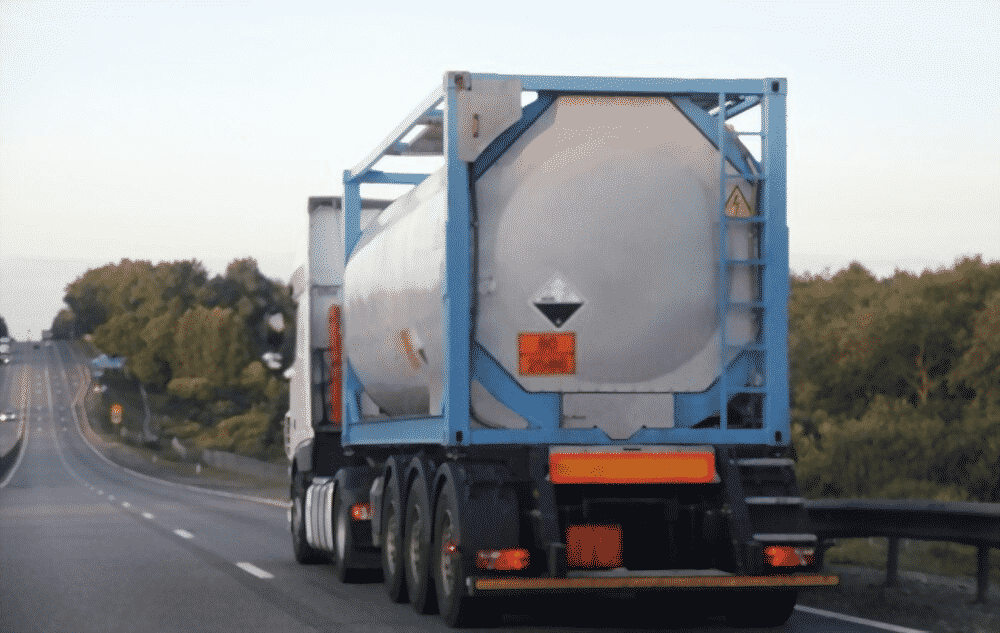Suppose you are not familiar with what dangerous goods are. In that case, such types of goods can be termed “Life-threatening” as they contain materials that can pose a significant risk to people, people, and the environment. Moreover, these dangerous goods are also known as hazardous cargo or hazmat.
These dangerous goods are known to exist in solid, liquid and gaseous forms. You may not know, but daily-use items such as liquor, cigarette lighters, hair spray, perfume fall under the category of these dangerous goods. This is what leads to the transport of dangerous goods.
Here are the nine classes of dangerous goods that you need to know about-
Explosives – Class 1
These can get detonated or aflame when a chemical reaction occurs. Such kinds of items are dangerous in form, given that these contain molecules that can alter their state fast – generally from a solid-state to a boiling gaseous state. Explosives are categorized further into six sub-types for transport of dangerous goods, which associate with the behaviour of the products upon initiation.
Gases – Class 2
It includes:
- Compressed gases
- Combination of gases with other products or vapours that are charged with aerosols or gases
- Refrigerated gases
- Liquefied gases
Often, such kinds of gases are corrosive, toxic and flammable. These are hazardous for the transport of dangerous goods, too, given that these can have a chemical reaction with oxygen. These can be further divided into 3 sub-types – a) Flammable gases, b) Non-toxic, non-flammable gases, and c) Toxic gases.
Flammable Liquids – Class 3
These can get ignited at a much lower temperature and can be defined as:
- Liquids with solids
- A combination of liquids
- Liquids
These can burst into flames at such low temperatures that there is always a risk of a fire hazard while transporting the liquids.
Flammable Solids – Class 4
These are easily combustible products that can lead to fire hazards during transport of dangerous goods. Some of these can heat up spontaneously, while others are self-reactive in form. Class 4 dangerous goods are further divided into 3 types:
- Flammable solids – Class 4.1: These can burn more quickly than regular combustible items. Flammable solids also burn quickly and intensely. As these can produce poisonous gases, burn violently or decompose with an explosion, these are very dangerous as well.
- Spontaneously combustible – Class 4.2: These can be liquids or solids and can spontaneously ignite upon being exposed to oxygen.
- Dangerous when wet – Class 4.3: Such kinds of goods produce flammable gas upon reaction with water, and the heat involved in the reaction ignites it.
Organic peroxides and Oxidizing Agents – Class 5
Due to the high amount of oxygen in them, these goods are often highly reactive. The goods tend to readily react with other combustible or flammable materials, thus leading to the risks of fire breaking out or going on unabated in confined areas. It is also very tough to put out the flames of such materials, making these even more harmful for transport of dangerous goods. These goods are divided further into ‘organic peroxides’ and oxidizing agents.
Infectious substances and Toxins – Class 6
Toxins are toxic things that can lead to serious harm, severe injuries or even death, in case these get into the body through skin absorption, breaking in or swallowing. A few of these substances can kill in a matter of minutes, while others – in low doses – might just lead to injuries. Infectious substances have pathogens that can lead to infectious diseases in animals or humans.
Radioactive Material – Class 7
These have unstable atoms which can randomly and spontaneously change their own structure. These can produce ionizing radiation, which might result in biological or chemical changes in the body. Such kind of radiation can be risky for human health.
Corrosives – Class 8
These are materials that happen to be highly reactive in form and lead to positive chemical effects. As these are reactive, there can be chemical reactions that can cause degradation of other substances.
Miscellaneous dangerous goods – Class 9
These can be dangerous for transport of dangerous goods in a different sense from the other Class objects. These can include things like airbag modules, asbestos, motor engines etc.
Final Words
Most importantly, the purpose of transport of dangerous goods is to promote public safety, mainly when dangerous goods are being transported by road, rail, air or other modes of transportation. At the end of the day, the entire process of transporting dangerous goods should be given utmost importance. While transporting and storing dangerous goods, the shipping should be done by highly specialized individuals.



